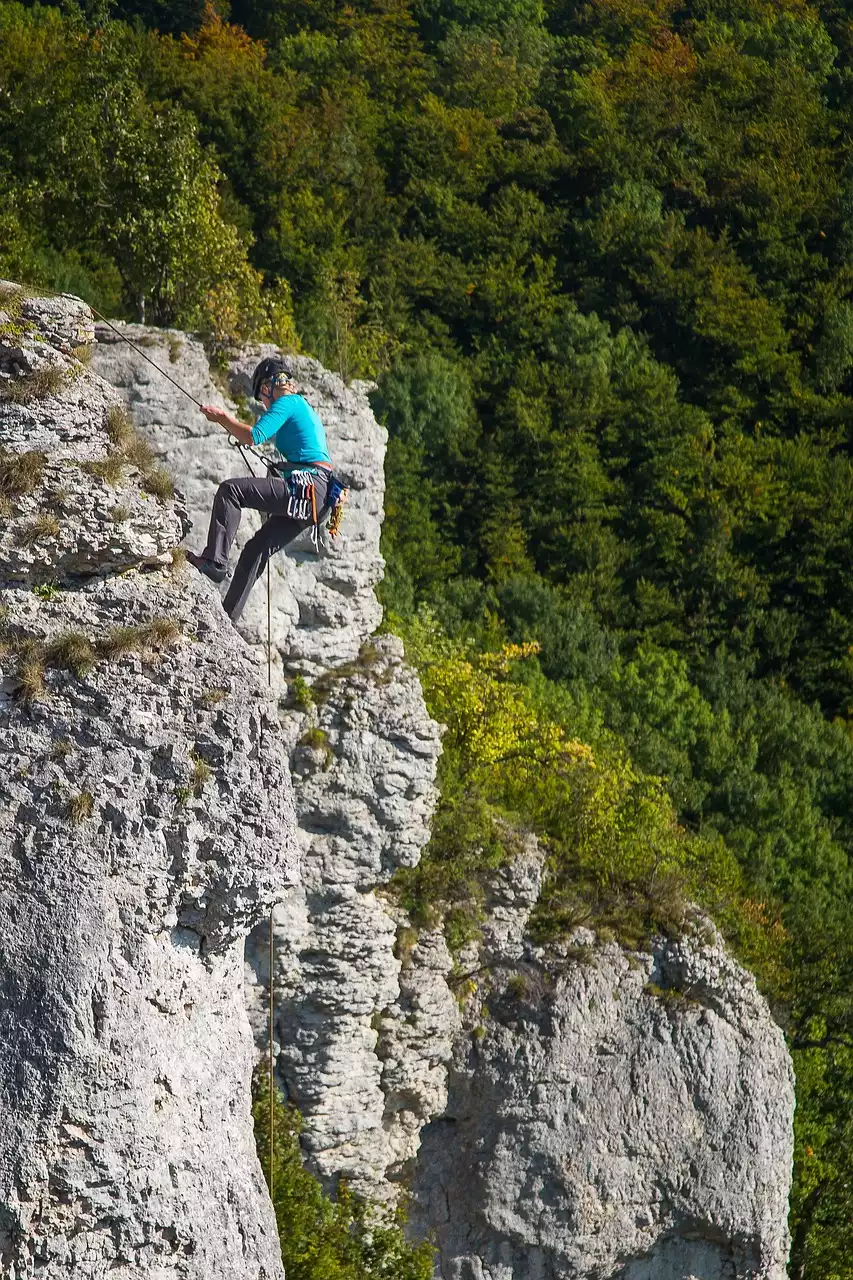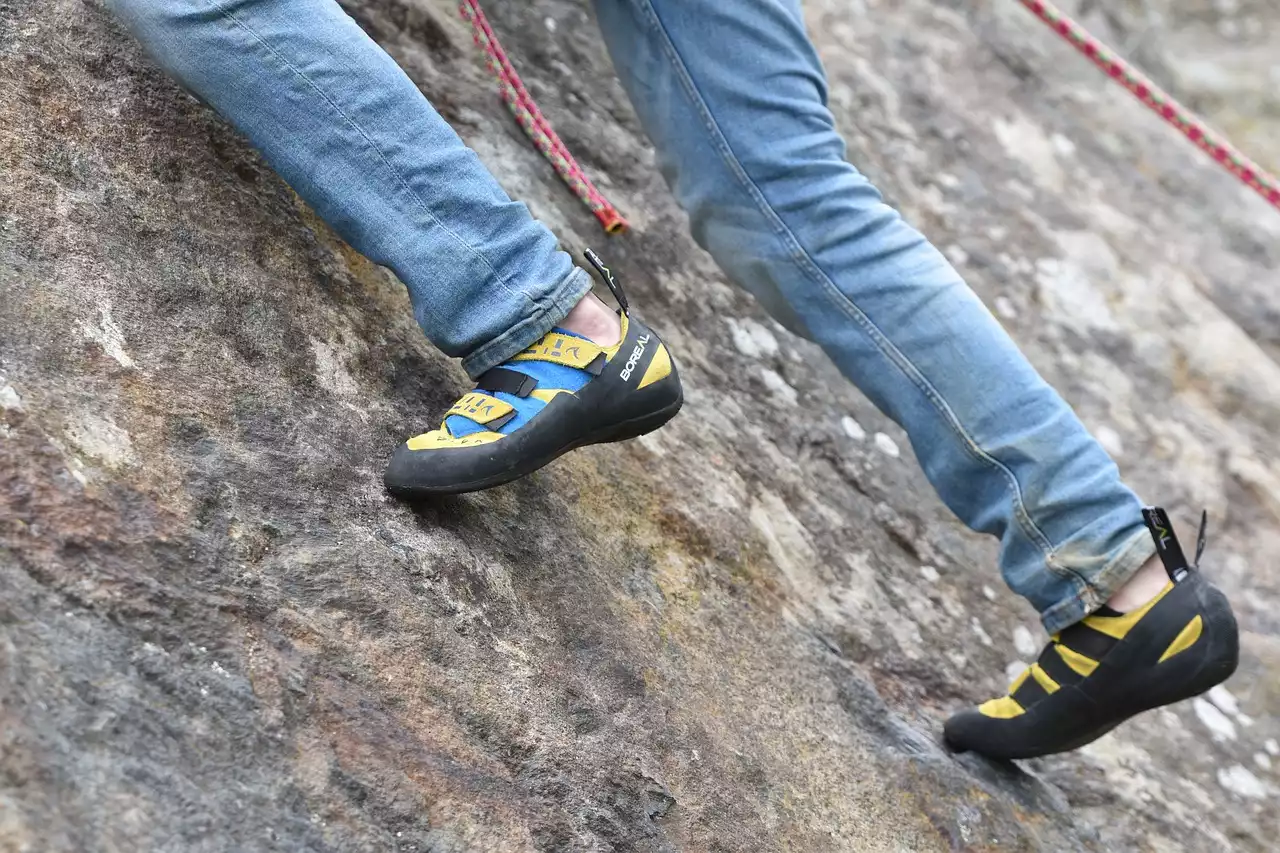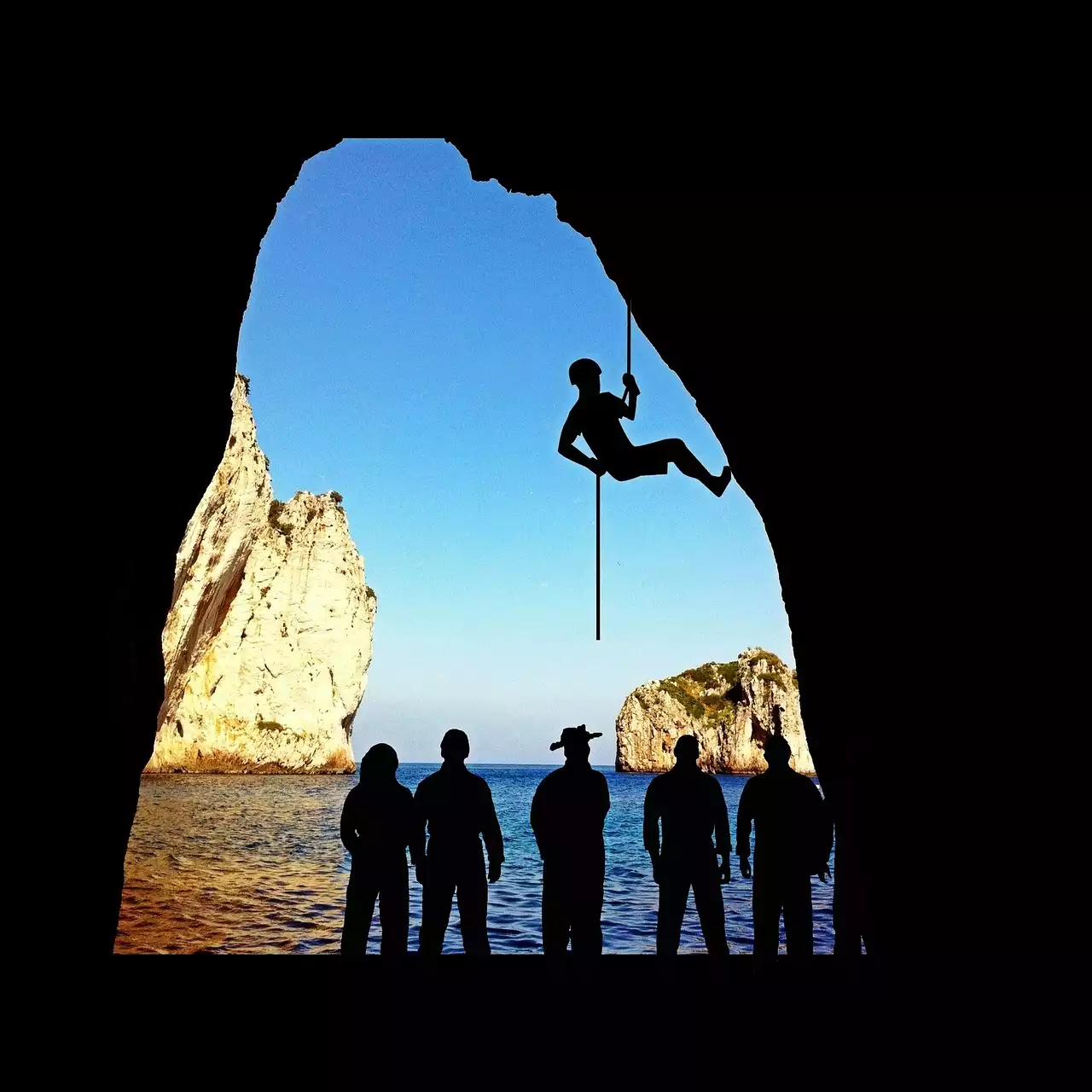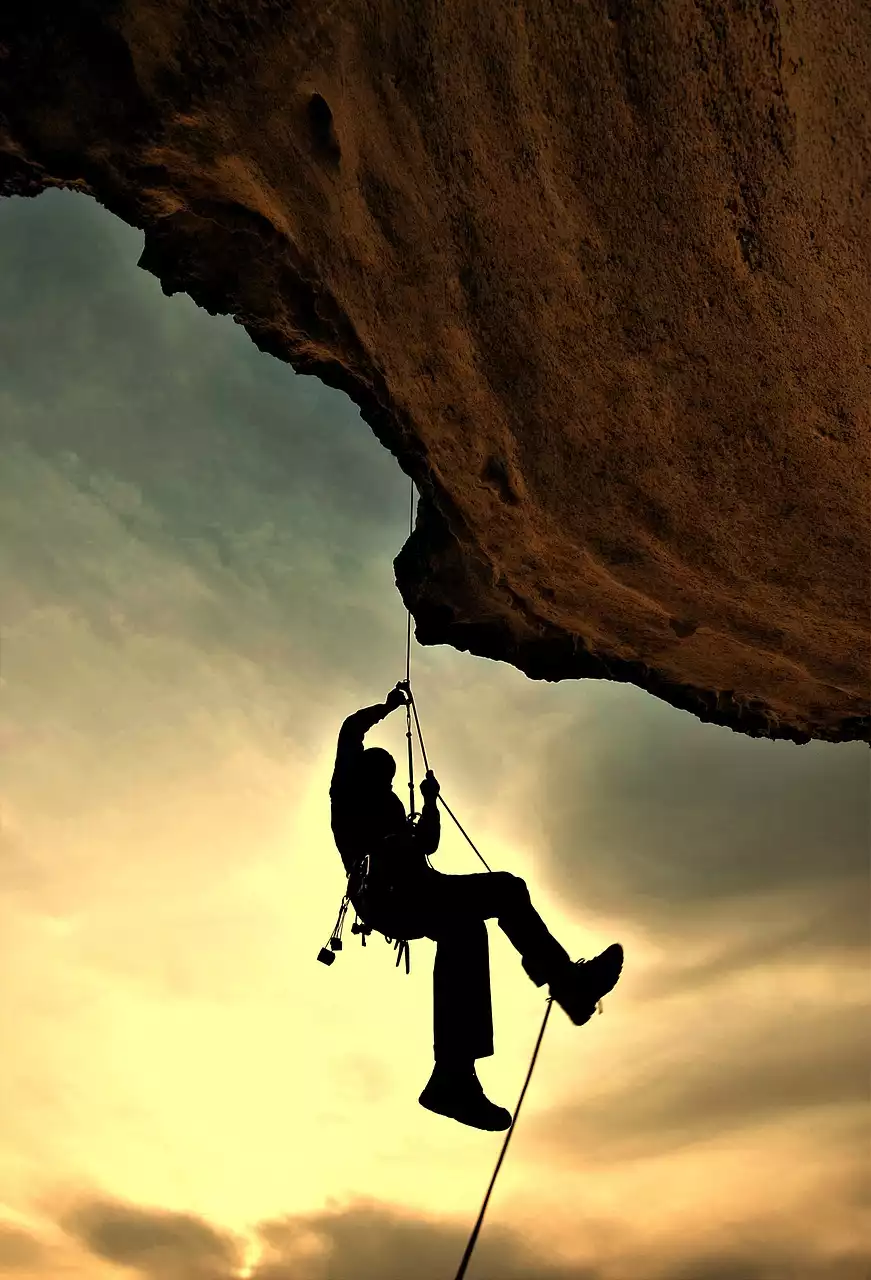What is rock climbing?
Rock climbing is a sport that involves ascending a climbing rope to climb up a cliff face or rock face. The climbing rope is usually made of nylon or polyester and is about 3-4mm thick. Different climbing rope manufacturers have different colors used for their ropes to make it easier for climbers to tell them apart. The rope is used in three ways: as a pull rope, a dynamic rope, and as a safety rope. Typically, climbers will start with a beginner climbing class and/or a guide who is qualified to teach beginners various climbing techniques, including how to use and climb a rope. Then, once the climber is comfortable climbing without a safety rope, they will practice climbing up the cliff with both the rope and their own hands. Then, once the climber is competent with both, they will practice climbing while they are attached to the rope, with both hands and feet. Then, the climber will progress to climbing on overhangs, climbing onto free-standing features, and climbing on multi-pitch routes.
The importance of the climbing rope
The climbing rope, usually between 3 and 4mm thick, is what holds you, your partner, and the climbing gear up the cliff face. It’s essentially your lifeline, and getting a bad rope (i.e. a rope that breaks or becomes weak) can be disastrous. It’s therefore important to select a rope that is durable and won’t break under stress. A climbing rope can typically be used for between 500 and 1000 climbing sessions before retiring and replacing it with a fresh rope. This lifespan is dependent on how you use and maintains your rope, but generally, it’s a good idea to replace your rope every few climbing seasons.
Types of climbing ropes
There are a few different types of climbing ropes available, each designed for different types of climbing and terrain. Dynamic ropes are the ropes you’ll typically see for sport climbing and alpine climbing, where you’ll usually be climbing on limestone or granite. Static ropes are typically used for high-altitude mountaineering, where you’ll be climbing on snow and rock, which naturally have low levels of friction. Semi-static ropes are designed for those who want to combine the properties of both dynamic and static ropes. These ropes are designed to have a decent amount of stretch, which makes it easier to walk up the rope, and then, once you get to the top, they’ll return to their original shape.
How to select the right rope for your needs
Different types of climbing ropes have unique characteristics that make them ideal for specific types of climbing and terrain. When selecting a climbing rope, select a rope that is durable and won’t break under stress. Next, ensure that the cord is rated for the weight of your gear. When you select a rope, it’s important to look at the weight rating, which indicates how much weight the string can support. This will help ensure that your harness and equipment are sized appropriately for the rope you select. Lastly, select a rope that is made from a good quality material, such as nylon or polyester, that is resistant to abrasion (the wearing away of the string due to friction) and UV damage.
How to properly care for and maintain your rope
The climbing rope is a rigid material that can withstand a lot of stress and abuse. However, as with any gear, it needs to be cared for properly and regularly. To ensure that your rope is durable and won’t break under stress, follow these guidelines.
- Store your rope properly. Ropes are typically very abrasive, which can damage walls and floors if left unsecured. Ensure that where you store your rope is clean and protected from damage, as well as free from dust and dirt.
- Maintain your rope. This is similar to caring for your climbing shoes and harness, in that it’s important to regularly clean ropes. If they get dirty, they become weaker and more susceptible to breaking.
Tips for safe rock climbing
Always ensure that your climbing gear is adequately sized for the rope, harness, and carabiners you are using. When selecting your gear, ensure that the equipment fits properly and is sized for the weight of your gear, as well as your body’s build and size. Always ensure that you are proficient in all climbing techniques, including using both hands and feet, using the rope, and spotting your partner. When climbing, ensure that you are properly hydrated and fed, as well as rested and not exhausted from prior exertion. Always ensure that you are wearing the proper protection when climbing. This includes a helmet, gloves, and proper clothing, such as a sturdy pair of shoes and a jacket with reflective strips.









